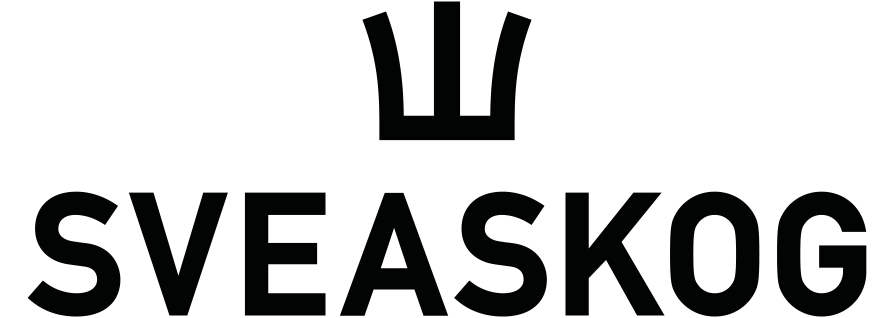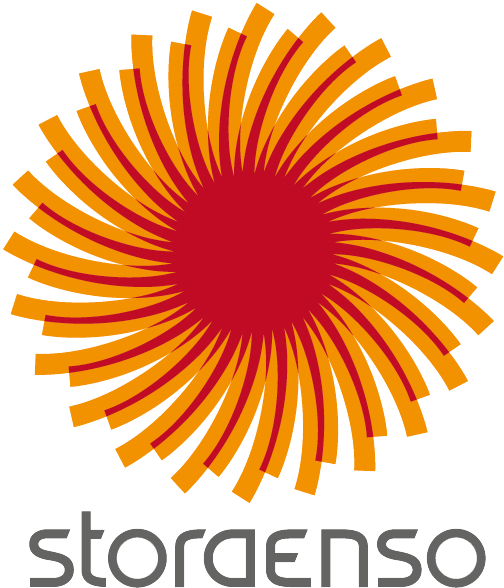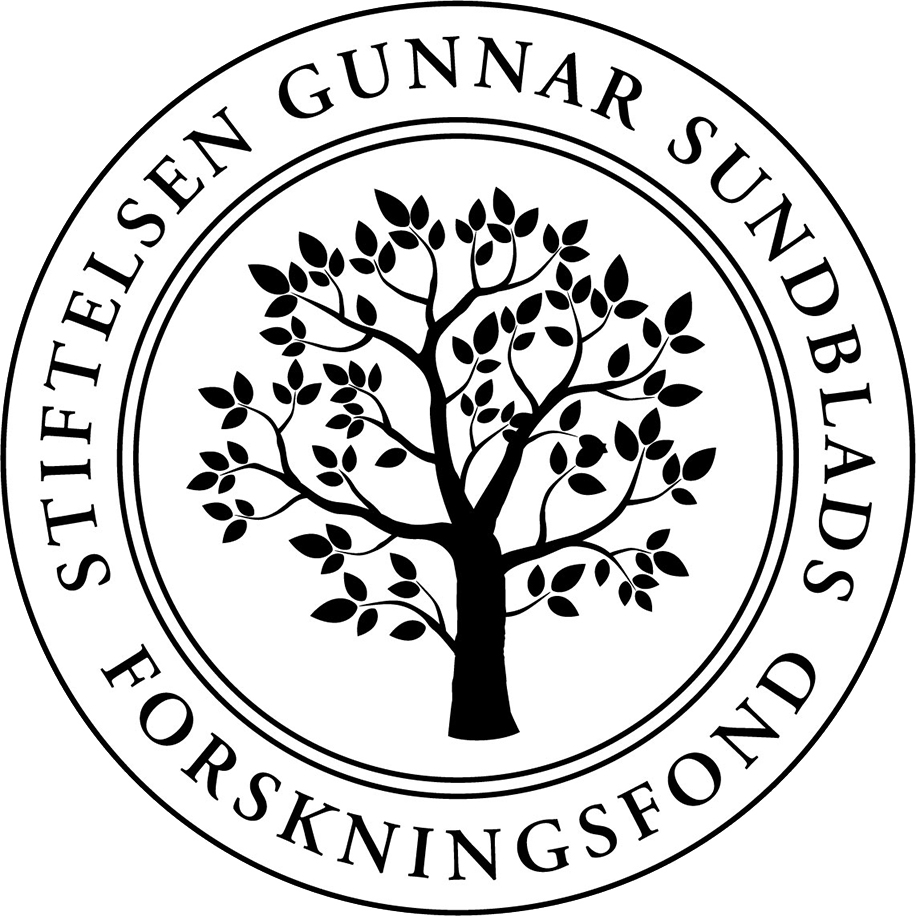Challenges identified by some of our member companies in Sweden
Some of our member companies has identified challenges that we aim to solve together to make the bioeconomy take steps forward. We have listed the challenges by topic:
Wood construction
Design of new buildings and construction products are needed for increased reuse and recycling as raw material for other products. Challenges within this area are:
- Which surface treatment to choose?
- Which alternative for joining are there? (gluing, screws, nails etc)?
- How can one guarantee the strength (generally quality) of used construction products?
- Are additional safety margins needed to be applied to ensure possibilities to reuse?
When the wood products can no longer be used new questions arise:
- How do you establish usage of not only the energy but also the possible usage of the nutrient content (P is the most important, but also N is important)?
- How can we avoid problems with heavy metals and other pollutions?
- Which methods/combinations are the most environmentally friendly, and result in the lowest carbon footprint for energy reuse (biogas, pyrolysis / carbon, combustion…)?
The project ”The Hope” in Gothenburg aim to build the world’s first fossilfree preschool. Needs that have to be solved:
- Vapor barrier and steam brake (replace plastic film in wall with bioplastics)
- Bioplastics for domestic tap water tubing
- Bio-Composite materials without fossil materials – bioplastics and wood in combination
- Bio-based components for paint
- Development of effective fire protection for cellulose products.
- Substitute cement in cement-bonded wood wool panels/boards with other materials but still meeting the same technical requirements. E.g. clay?
- Bio-based solar cells
- Products in the electrical sector that could be converted to use bio-based materials
- Switches, casing and panels for power outlets
- Casings
- Window ledge channels. Trunking
- Switchboards
Packaging material and recycling
- System thinking and practical solutions for utilizing the value of new fiber-based paper products in recycled fiber-based products are needed.
- Fossilfree materials instead of polypropylene. The materials should be soft and not translucent.
- How can the best possible quality fiber be achieved for the next product?
- How is recycling made as energy-efficient and environmentally friendly (eg low cleaning / washing) as possible?
- How do we ensure that the value of the new fiber decreases in as small incremental steps as possible as the fiber goes through recycling cycles?
Lignin
Lignin chemistry to implement added value for lignin in chemical products.
- How do we solve the color, odor and taste problems of lignin, and how do we control the lignin’s thermoplastic properties?
Sawmills and sawn wood products
Energy
- How can we reduce the energy consumption at saw mills on machines that idle or run when production is not running?
Predict stop in production
- How can we increase the availability of sawmills where several different stop-causes are common. Need solutions to enable us to predict the most common interruptions in order to implement controlled stop in production for a controlled action.
- Can AI be used to predict interruptions in production?
- How do we ensure the quality of values of measurement from devices and sensors? Digitization means for sawmills that the number of measurement devices and sensors is increasing. Each measurement device has to be recalibrated periodically to ensure the measurements are correct and valid. Since the number of devices has become so large, it is already impossible today to calibrate each meter recurrently. It would render a lot of interruptions in production, which going to decrease productivity. We need to find another way of handling devices and the quality of measurements in the future. Maybe AI could be a possible path that can alert when a device deviates from common measurement values?
Quality of timber (properties)
- Two trees can for the naked eye look very similar, they could have had the same silviculture regime and similar growth site. But when it’s been sawn their inner properties can differ; one could have excellent strength properties when the other has a much lower strength and are even due to brake within the production. How can these differences be identified in an earlier stage?
- To make our workplaces safer and reduce accidents we need to find a new way. Can video analysis and AI become a general method for detecting dangerous situations on sawmills?
Traceability
- We want to track each plank through production, for example, by recognizing the plank end (which is unique). This would allow collection of data measurements from the saw line and then we could connect this to the plank properties after the drying process.
Forestry
- Estimation of standing timber is fairly rough, especially on wood properties. The quality estimation and sorting is done first at the sawmill. It would be desirable to be able to better predict the wood properties on standing forest. This could enhance the possibilities to have an early customer order planning process.
- Industry production needs to run all round the year, but here are weaknesses in the forest road network so delivery problems will occur at mud season
- Wrong tree species at forest sites create problems in the form of stressed trees which do not get the same resistance to diseases and storms and other calamites.
- There is a problem with crossings on land where there are buried pipes. Technological development is needed to reduce soil pressure from forest machines.
- How can we make the machines become more self-operated with less demands on education?



